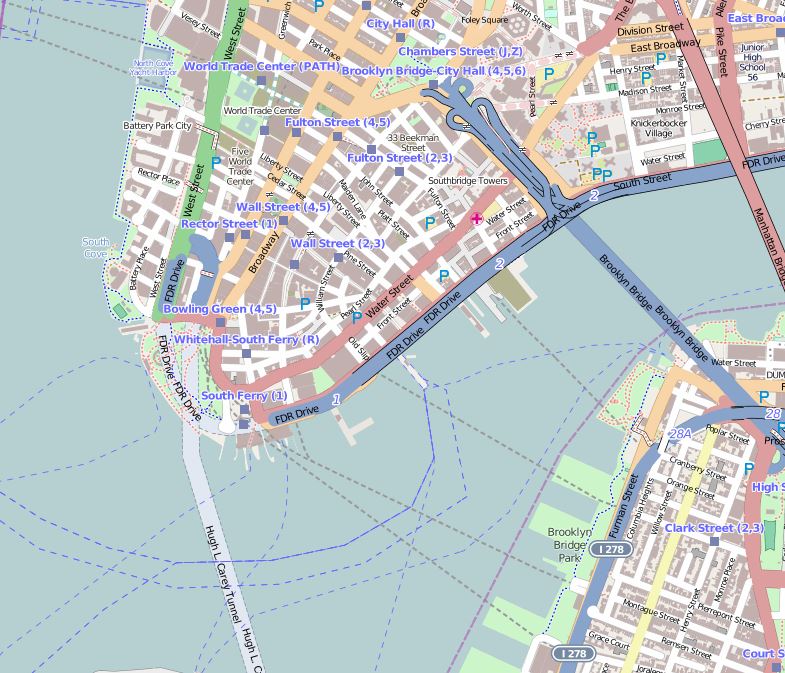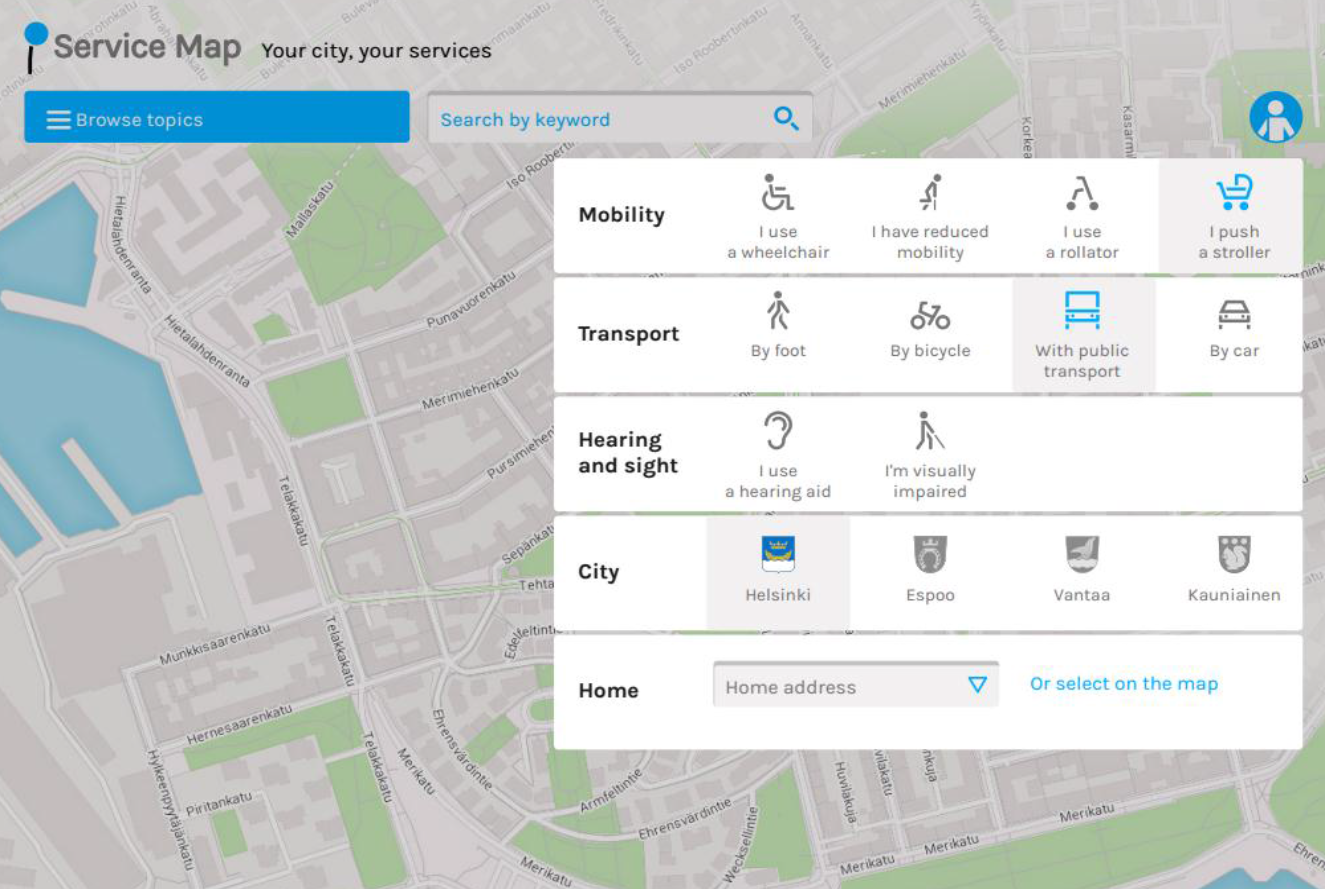Harnessing the Uncovered Opportunities of Open Data
This review is based on a systematic mapping of existing research reports, websites and interviews of experts in the field of open data, conducted at City of Helsinki Urban Facts (Helsinki Region Infoshare) during the summer 2014. The analysis focused on city level. Firstly, the study proposes open data to be approached and analysed from the perspective of its benefits. Secondly, it indicates that still uncovered opportunities of open data could be identified and utilised better. Finally, the study emphasises impacts of open data and suggests some future trends.
Open data based innovations revolutionise markets
The field of socio-economic activities is fundamentally changing. Collaboration and interactions between various types of organisations have increased dramatically. The increased importance of knowledge, technological complexity, global competition and the expanded availability of information technology are drivers for forming business networks (Castells 1996). No organisation is able to develop major innovations alone because of the dispersion of knowledge and technological knowhow driven by organisational specialisation. In order to achieve higher effectiveness an increasing number of companies are forced to focus on their core competencies, leading to the externalisation of their other activities to outside suppliers and thus to dependence on each other’s resources (Barney 1986, Prahalad and Hamel 1990, Wernerfelt 1984). In addition, industries are transforming from manufacturing towards services. Multiple offerings are formed to include more and more products and services combined together as a complete package. This service orientation at the same time initiates but also requires new operating models.
Focal trends driving the change
- Service orientation
- Networks
- Radical technological change
- Dispersed knowledge
- Knowledge work
- Open data
Such a networked way of organising activities combined together with an opportunity of open data may bring competitive advantage, but also increase challenges in ever-tightening global competition. Open data refers to information resources (contents) that are delivered in structured digital forms. The definition of open data also requires that the data sets must be fully digitally available; open data sets must be in machine-readable form in order to be downloaded over the Internet and need to be licensed so that anyone can freely use, reuse, adapt and deliver the modified data further. (hri.fi)
In the era of big, fast, valuable data, the novel usage of open data may become a strategic source of competitive advantage. It has also played a role in creating new jobs and innovation, as well as improved services. This competition requires balancing both locally with own regional actors and competing in the global marketplace. Key challenges and opportunities for open data applications include the shortening lifecycles of products and services and ever more complex and more integrated offerings that are taking over the markets.
Furthermore, the nature of work has also been transformed, guided especially by two trends: the pressure to achieve efficiency and the shift towards knowledge work, in which knowledge, skills and abstract immaterial rights such as patents are in the focus. Knowledge work is in a constant search of innovations by combining tacit knowledge with the imaginary offering (Nonaka & Takeuchi 1995). Capability to innovate has become inevitable in today’s business. However, by opening up data, also government can channel inputs into the creation of innovative services providing increasing societal value. Governments, civil society organisations and companies across the world are actively engaging with open data by publishing and using datasets to promote innovation, development and democratic change.
Open cities, open governance
Open data is a key component of open government and an open city. The City Boards of Helsinki, Espoo, Vantaa and Kauniainen (the four core cities of the Helsinki Region) adopted a new open data policy in May 2010. This enabled the creation of the Helsinki Region Infoshare project, HRI open data service and the hri.fi website, which were jointly developed by Forum Virium Helsinki, City of Helsinki Urban Facts and the cities of Espoo, Vantaa and Kauniainen. The HRI service is funded by the cities, and during its implementation phase it received additional funding from the Finnish Innovation Fund SITRA and the Ministry of Finance. The online service, opened in 2011, currently offers around 1,200 open datasets.
In line with its Strategy Programme, the City of Helsinki has also opened its decision-making system to connect local government and the citizens. Through Open Ahjo, an open programming interface to the city’s case management system, the decisions made by officials and councillors are available for free re-use as open data. This offers the citizens a unique possibility to follow the city’s decision-making in real time, for instance with a mobile app enabling users to browse the decisions by topic, date and decision-maker. Backed up by this information, the local residents are able to participate and influence the plans and activities of the city through various digital channels.
Remarkable impacts through open data
Open data is a fuel that facilitates innovations, better services, transparency and democracy. Notwithstanding, there is an ongoing debate whether opening up the data is worth it. It is true that many barriers need to be overcome, related to data formats, technology platforms and compatibility, as well as systemic products and services supporting the usage of open data. However, open data offers several benefits depending naturally on how to utilise it.

Firstly, open data offers efficiency improvements. In addition it may add value socially and commercially through improved accessibility of the relevant data sets. Efficiency refers to economies of time and money, but also to the improvement of services (e.g. increased efficiency through better logistics or more accurate schedules in transportation).
Secondly, the more transparent society is the more aware citizens are about their living environment, which makes it easier for them to participate and allows them, for example, to monitor the actions of their government. Opening up data enables citizens not only to be better informed, but they can also be directly involved democratically in decision-making. This is more than transparency, because participation strengthens their commitment to the community. Transparency in turn increases citizen engagement and participation, and further, leads to improved administration and government efficiency.
Thirdly, the increased availability of information also provides new possibilities for statistics, research, education, visualisations, and new applications. These new opportunities may motivate and increase creative ways of utilising open data. Open data facilitates the development of consumer services via web and mobile apps, thereby making citizens’ daily life smoother, more comfortable and efficient. Especially, there exist opportunities for entrepreneurship to develop further services.
Finally, the openness may advance partnerships and cooperation, as well as research and development activities, thus presenting opportunities to create new jobs and new economic growth besides tax revenues. Transparency may help to identify suitable collaborating partners or lead to new, innovative forms of collaboration, for instance OpenStreetMaps, which are improved collectively.

Another form of crowdsourcing in the context of open data are the various competitions to find new ideas and inspiring ways to leverage open data for innovations and new technologies: applications, visualisations or data journalism. In the sixth edition of Apps4Finland in 2014, for example, the first prize was awarded to the data visualisation Päästöt.fi which opens a new window to the European Pollutant Release and Transfer Register (E-PRTR) and enables users to explore the greatest sources of pollution locally or on a European scale.
In what follows, I will look at the impact of open data and its unharnessed opportunities. The current landscape of opening data may even usher in a new era similar to those where new technological regimes such as the Internet and the smartphone have been created. Building an offering on top of open data may even constitute completely new business models. As regards the current user groups of open data, governments have a central role through promoting democracy, efficiency and accountability. Technology- and innovation-focused users concentrate on creating new platforms and linked-data technology tools (i.e. methods of publishing structured data in interlinked format). A third group are those who seek efficiency gains through technology-driven improvements. Other purposes include problem-solving-oriented usage and the provision of new services.
Open data has been used in the context of culture, science, finance, statistics, weather, environment and transportation. It is used for political participation through informing and involving citizens, and, for user participation, by co-producing information and services (Open Data Institute). In addition to traditional data browsing and searching operations, open data is used for purposes such as configuring interface tools, providing APIs and integrating new services into existing products / services. In Helsinki, for example, several open data-based mobile apps exist that help users to easily locate various kinds of services, including Avain for free-time activities, Ihana Helsinki for events and Hätäopas for emergency services. Supafly.net offers all the details concerning the locations of the city’s street painting areas in an open format, suggesting that also younger audiences have begun to adopt open data.
Essential impacts of open data are related to seeking specific facts and strengthening statistical analyses, emphasising interpretations, visualisation and conceptualisation of reports (e.g. blogs, infographics), creating interactive accesses and offering APIs as well as producing online, offline and mobile services (adapted from Davies 2010). Open data may have tremendous influence on economy by launching startups, creating jobs and offering innovative consumer services via web and mobile applications. McKinsey & Co. has estimated the benefits of unlocking government data to be worth $3 trillion. Access to free databases covering e.g. business, government, and social media presents unlimited opportunities for startups turning government data into business, companies branding and building image marketing and exploring expanded opportunities for business ideas. Also, sharing scientific data at an early phase of the research improves reliability and efficiency.
The open data boom is based on deriving value from data and identifying who can benefit from it. During this boom, hundreds of American companies have been founded with a business idea based on using open data. Gurin (2014) has estimated weather data to hold business potential worth $30 billion, GPS data $90 billion, and the development of future’s self-driving car $200 billion annually. Broad groups of people can benefit from these innovations, for example, journey planners and other apps using open map and location data. Weather forecasting applications or social media mining for advertising can benefit various industries. Therefore, opportunities for benefits are enormous. Open data has also been used in shipping and evaluating of suppliers (Panjiva), search engines such as flights, and a booming health industry, which is estimated to exceed $300 billion, for example, in patient records and drug effectiveness.
The identification and utilisation of the opportunities of open data is still in its infancy, even though plenty of effort has been made to open up data (see e.g. hri.fi/2years). However, a breakthrough of uncovered opportunities is still ahead. Open data combined with technology offers unlimited possibilities of application for different fields. In the comparison with other countries Finland is ranked on the top. What to learn from others? There could be great potential for more effective use of open data in the health sector, for instance in identifying cures for diseases. Another possible area of application is games development, which has become a massive industry in Finland with several regional game clusters. Open data has been utilised to some extent in games concerning, for instance, the use of city budgets. It also seems that investors do not yet utilise the full potential of open data in identifying and analysing investment opportunities.
Service Map – easy access to local services
What are the local services closest to my home? Which of them are accessible for someone with a wheelchair or pushing a pram? How do I contact the service provider or give feedback? What is the easiest way to access the service with public transport?

The Helsinki Metropolitan Area Service Map is a powerful example of interoperable open data. The online and mobile map service combines information about several hundreds of different services and thousands of service points. These are sourced from a variety of public registers through a REST application programming interface. The service map not only enables an uncomplicated user experience for clients of public services but also contributes to a more streamlined and efficient public service provision.
Future trends – towards smarter solutions
Future trends of open data programmes seem to drive the development towards smart solutions – especially smarter cities, since cities are often global pioneers of open data. Smarter cities in turn may lead to broader social innovations and sustainability, protecting the urban environment. Further, open innovation ecosystems facilitate collaborative behaviour even at the fundamental level by solving societal challenges.
Future trends
- Smart solutions
- Broader social innovations
- Collaborative behavior
- Tools for citizens
- Better functioning cities
- Big data
Another future trend consists of offering new tools for citizens to collect data themselves about their environment, thus strengthening participation and creating social cohesion by enhancing the development of better functioning cities. Naturally, since governments are focusing on the benefits of new technologies as well as the development of new services for citizens, they have started to implement infrastructures that will make data releases easier and accelerate innovative reuse of data. Also, legislation and directives will guide the governments to offer broader data sets as open data. Especially collaboration between the private and the public sector is significant here. The increasing trend of big data can also offer plenty of opportunities for the development of smart cities, for instance through specific technologies facilitating the delivery of real-time information.
Kalasatama is Helsinki’s smart city pilot
The Kalasatama neighbourhood in Helsinki is a pilot example of smart city development, with leading technological solutions that provide an innovative and cosy living environment by advancing smart services, the use of ICT and offering a platform to utilise open data. Smart Kalasatama (Fiksu Kalasatama) is a collaboration pilot between the city, companies and residents emphasising resident participation and the creation of new business and innovations. The area is due to have 20,000 inhabitants and 8,000 jobs by 2030.
Sources
- Barney, J.B., (1986). Organizational Culture: Can It be a Source of Sustained Competitive Advantage? Academy of Management Review; 11, (3), pp. 656–665.
- Castells, Manuel (1996). The Rise of the Network Society: The Information Age: Economy, Society, and Culture, Volume I. Oxford: Blackwell Publishers.
- Davies, Tim (2010). Open data, democracy and public sector reform. A look at open government data use from data.gov.uk
- Gurin, Joel (2014). Open Data Now.
- McKinsey Report (2013): Open data — Unlocking innovation and performance with liquid information
- Nonaka, Ikujiro & Takeuchi, Hirotaka (1995). The Knowledge-Creating Company: How Japanese Companies Create the Dynamics of Innovation. New York: Oxford University Press.
- Open data barometer 2013 Global Report.
- Open Knowledge Foundation
- Prahalad and Hamel (1990). Prahalad, C.K. and Hamel, G. (1990) “The core competence of the corporation”, Harvard Business Review (v. 68, no. 3) pp. 79–91.
- Wernerfelt (1984). A Resource- based View of the Firm.
- Apps4Finland
- Kerro kartalla
- Open Data Institute
- The City of Helsinki Strategy Programme
- Helsinki Region Infoshare – 2 Years of Open Public Data
- Supafly
Author: Senja Svahn. This article is originally published in Helsinki Quarterly 4/2014 magazine in December 2014.
